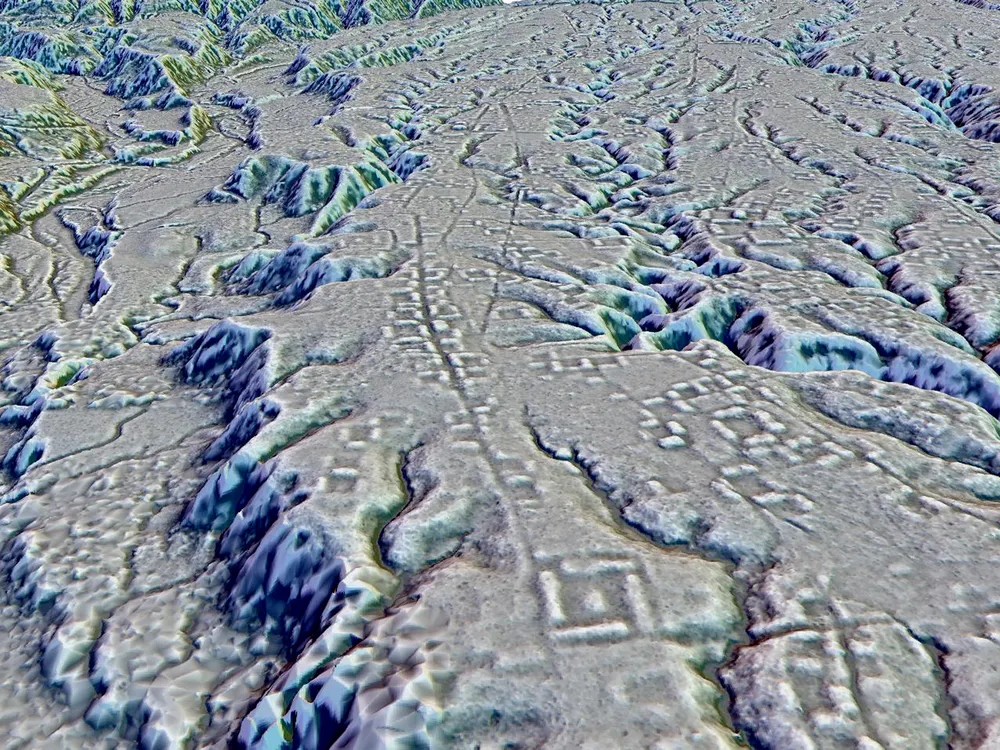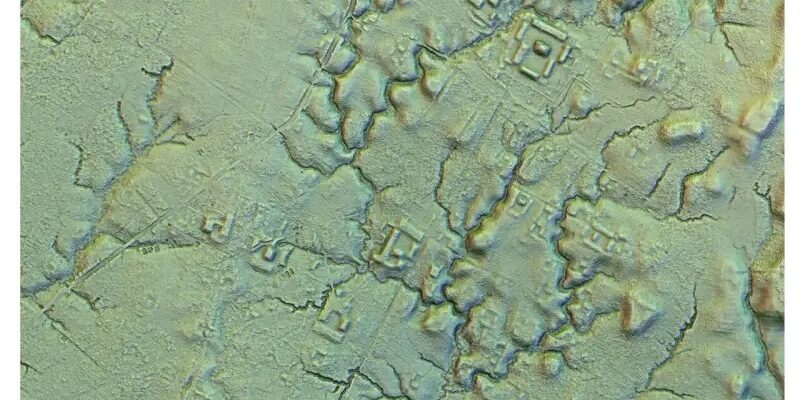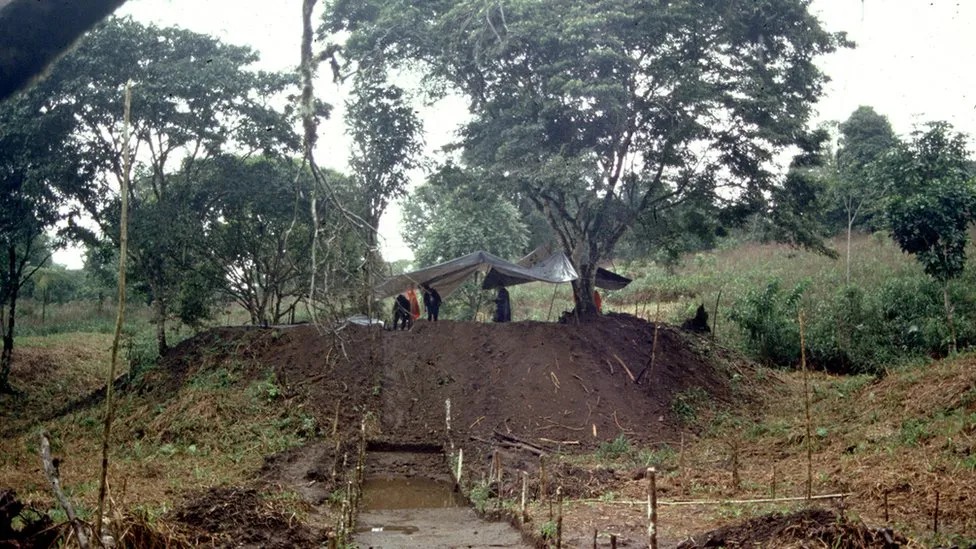Archaeologists uncover ancient 2500-year-old megacity in Amazon jungle
 Scientists discover ancient complex in the Amazon jungle, potentially home to tens of thousands of people (Photo: Unsplash)
Scientists discover ancient complex in the Amazon jungle, potentially home to tens of thousands of people (Photo: Unsplash)
Laser technology continues to demonstrate its effectiveness in the Amazon: a group of archaeologists in Ecuador has recently employed this technology to find thousands of earthen mounds concealed beneath the forest canopy, according to the scientific journal Science.
During a major study of the Amazon jungle conducted by a team of archaeologists led by Stephen Rostain from the French National Center for Scientific Research (CNRS), a remarkable discovery was made.
Using laser scanning technology, numerous structures that reveal hidden and hard-to-detect formations were identified.

Rectangular platforms surrounding small squares (photo: Phys.org)
The LIDAR technology revealed previously invisible mounds and an extensive system of roads surrounded by agricultural fields and drainage channels. This turned out to be the oldest and largest example of urbanization ever found in the Amazon.
The megacity consisted of at least 15 individual settlements of various sizes, each with its own area. Representatives of the Upano people lived in these settlements during the period roughly from 500 BCE to 600 CE.

On the map, you can see a network of roads and urban squares (photo: Techno Blender)
Long roads connected all the settlements, creating a giant megacity. The width of the largest ancient roads reached 10 meters, and their length varied from 10 to 20 kilometers.
Buildings in the settlements were constructed from earth and clay, as finding suitable-sized stones in the Amazon was challenging. The total number of mounds created by humans is estimated to be around 6,000, with some reaching lengths of 150 meters and heights of 8 meters.
 One of the 6000 rectangular platforms (photo: BBC)
One of the 6000 rectangular platforms (photo: BBC)
Scientists believe that the population of the megacity was at least 10,000 people and, during its heyday, possibly 15,000 to 30,000, comparable to the population of London during the Roman Empire in that period.
Earlier, we wrote that in Sweden, the grave of a giant with a huge sword was discovered.
We also have material about a 5,000-year-old rock painting found, resembling a biblical depiction of the birth of Christ.

